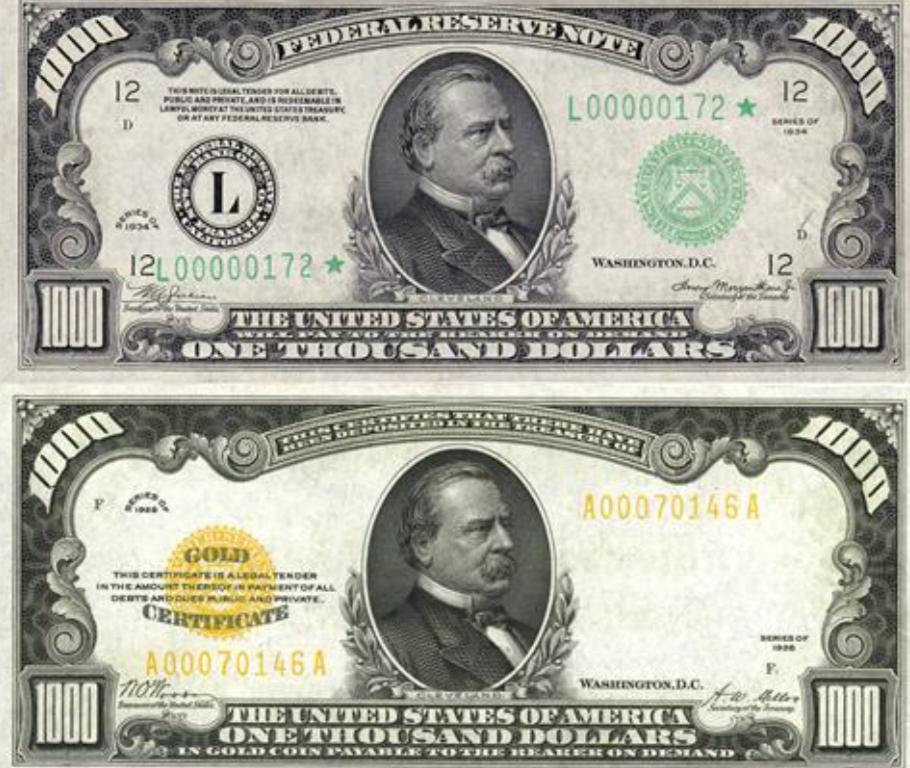Grover Cleveland, the 22nd and 24th President of the United States, had a notable connection to U.S. currency that extends beyond his time in office. Here’s a closer look at the “Coining Cleveland” and his presidential connection to American money:
Portrait on the $1,000 Bill: While Grover grover cleveland currency Cleveland’s face does not appear on any currently circulating U.S. currency, he was once featured on the $1,000 bill. The $1,000 bill was primarily used for transactions between banks and was last printed in 1945. Cleveland’s portrait graced the bill alongside other notable figures from American history, reflecting his significance in the nation’s financial landscape.
Silver Certificates and Monetary Policy: During Cleveland’s presidency, the issuance of Silver Certificates played a significant role in American monetary policy. These certificates were backed by silver held in the U.S. Treasury and could be exchanged for silver coins. Cleveland’s administration navigated the complexities of the silver debate, advocating for policies that aligned with his vision of sound fiscal management and monetary stability.
The Gold Standard and Economic Stability: Cleveland was a staunch supporter of the gold standard, a monetary system where the value of currency is directly linked to gold. He believed that maintaining the gold standard was essential for ensuring economic stability and preventing inflation. Cleveland’s commitment to sound monetary policy helped shape the nation’s financial landscape during a period of economic uncertainty and debate over currency standards.
Opposition to Free Silver: Cleveland’s presidency coincided with a significant debate over whether the United States should adopt a policy of “free silver,” which would allow the unlimited coinage of silver alongside gold. Cleveland staunchly opposed free silver, arguing that it would lead to currency devaluation and economic instability. His steadfast stance against free silver underscored his commitment to preserving the integrity of American currency.
Legacy and Influence: While Cleveland’s face may no longer be seen on U.S. currency, his influence on monetary policy and financial principles continues to resonate. His advocacy for the gold standard, opposition to free silver, and commitment to fiscal responsibility left a lasting legacy on American finance and helped shape the nation’s economic trajectory.
In summary, Grover Cleveland’s presidential connection to U.S. currency is multifaceted, encompassing his advocacy for sound monetary policy, his opposition to free silver, and his portrayal on the $1,000 bill. His contributions to American finance reflect his enduring influence on the nation’s financial landscape.
